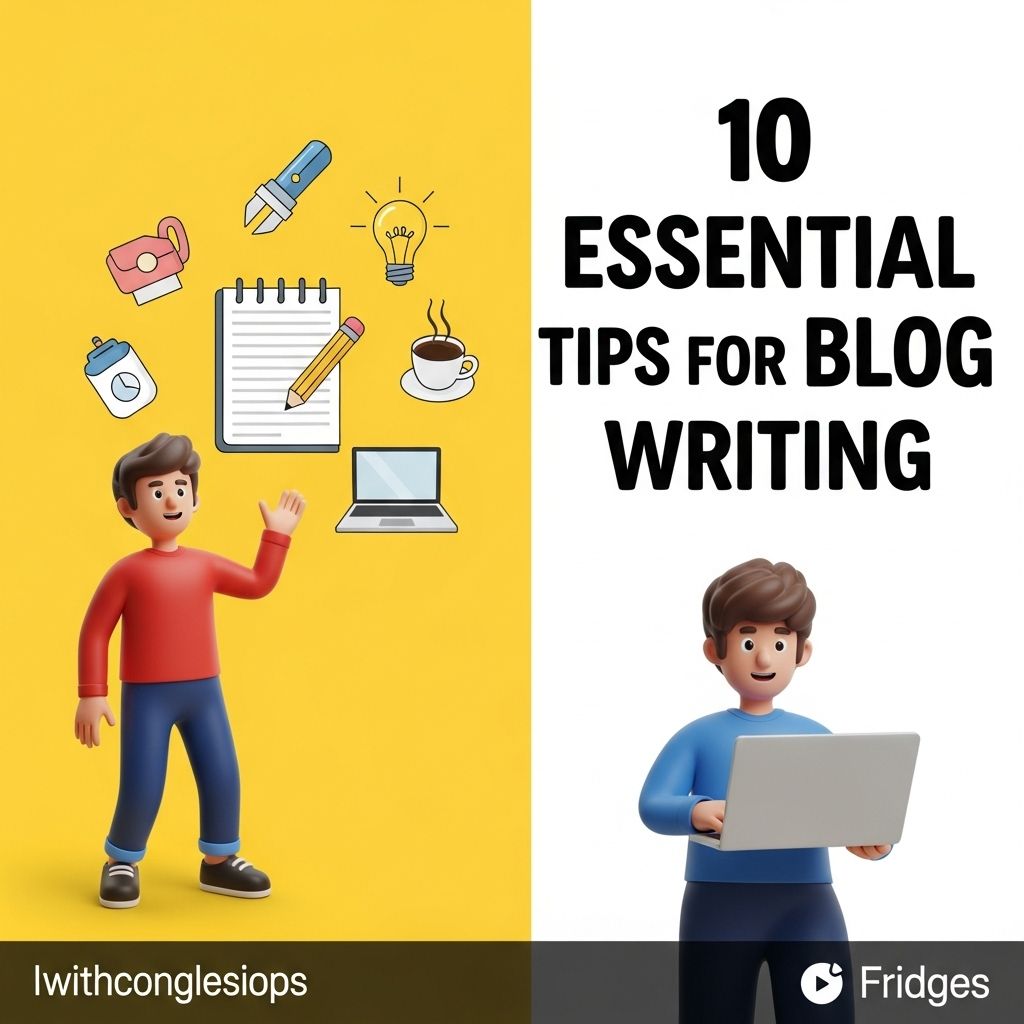In the fast-paced digital world, creating engaging blog content is crucial for capturing your audience’s attention and keeping them coming back for more. With millions of blogs out there, how do you ensure your voice stands out? This article explores essential tips for writing compelling blog posts that resonate with readers and optimize your visibility online.
Understanding Your Audience
Before you put pen to paper (or fingers to keyboard), it’s imperative to understand who you are writing for. Knowing your audience will guide your content creation process. Here are some methods to identify your target audience:
- Market Research: Utilize surveys and analytics to gather data about your audience’s demographics, interests, and pain points.
- Competitor Analysis: Review your competitors’ blogs to see who engages with their content and identify gaps you can fill.
- Engagement: Engage with your followers on social media to gain insights into what topics pique their interest.
Choosing the Right Topic
Once you’ve identified your audience, the next step is selecting a compelling topic. Here are some strategies for choosing the right subjects:
1. Trending Topics
Use tools like Google Trends or BuzzSumo to identify what people are currently interested in within your niche.
2. Pain Points
Focus on common challenges your audience faces and develop solutions through your posts.
3. Evergreen Content
Write about timeless topics that are always relevant, ensuring your content has a longer lifespan.
Creating an Outline
An outline serves as a roadmap for your blog post. It helps organize your thoughts and ensures you cover all relevant points. Here’s a simple structure to follow:
- Introduction: Hook your reader with an engaging opening that outlines what they will learn.
- Body: Break down the main points into subheadings, using bullet points or numbered lists for clarity.
- Conclusion: Summarize key takeaways and include a call-to-action (CTA) to encourage further engagement.
Writing Engaging Content
Now that you have your outline, it’s time to flesh out your blog post. Consider the following tips to keep your writing engaging:
1. Use a Conversational Tone
Write as if you’re having a conversation with a friend. This style fosters a sense of connection and makes your content more relatable.
2. Incorporate Storytelling
Utilize anecdotes or personal stories to illustrate your points. Storytelling not only engages readers but also enhances retention.
3. Use Visuals
Incorporate images, infographics, or videos to break up text and provide visual interest. Studies show that visual content increases engagement.
Optimizing for SEO
Search Engine Optimization (SEO) is critical for ensuring your blog reaches its intended audience. Here are some optimization tips:
| SEO Aspect | Best Practices |
|---|---|
| Keywords | Conduct keyword research to identify relevant terms to include naturally within your content. |
| Meta Descriptions | Create compelling meta descriptions that encourage clicks from search results. |
| Internal Linking | Link to other relevant posts on your blog to enhance user experience and SEO. |
| Mobile Optimization | Ensure your blog is mobile-friendly, as a significant portion of users access content via smartphones. |
Editing and Proofreading
Before hitting the publish button, it’s crucial to edit and proofread your draft. Here are steps to ensure your content is polished:
- Take a Break: Step away from your draft for a few hours or a day, then return with fresh eyes.
- Read Aloud: Hearing your content spoken can help identify awkward phrasing or errors.
- Use Editing Tools: Utilize tools like Grammarly or Hemingway to catch grammatical mistakes and improve readability.
Promoting Your Blog
Having great content is only part of the equation; you must promote it effectively. Consider the following strategies:
- Social Media: Share your posts on platforms where your audience is active.
- Email Marketing: Create an email newsletter to notify subscribers of new posts.
- Collaborations: Guest post on other blogs to reach a wider audience.
Analyzing Performance
After publishing and promoting your blog, it’s vital to evaluate its performance. Use analytics tools to track:
- Page views
- Time spent on page
- Engagement metrics (likes, shares, comments)
This data will help you understand what works and what doesn’t, informing your future writing.
Consistency is Key
Finally, consistency is essential in building a loyal readership. Establish a posting schedule and stick to it. Whether it’s once a week or bi-monthly, regular updates keep your audience engaged and coming back for more.
Conclusion
Writing a compelling blog requires understanding your audience, choosing the right topics, creating engaging content, and optimizing for visibility. By implementing these tips, you can enhance your blogging skills and create content that resonates with readers. Remember that practice makes perfect; keep writing and refining your style!
FAQ
What are the essential tips for effective blog writing?
Some essential tips include knowing your audience, creating compelling headlines, using subheadings for organization, incorporating visuals, optimizing for SEO, and maintaining a consistent voice.
How can I improve my blog’s SEO?
To improve your blog’s SEO, use relevant keywords, include meta descriptions, optimize images, write quality content, and build backlinks.
Why is it important to have a consistent writing style in blogging?
A consistent writing style helps establish your brand identity, builds trust with readers, and makes your content more recognizable and engaging.
What role does audience engagement play in blog writing?
Audience engagement is crucial as it fosters a community around your blog, encourages repeat visits, and can lead to higher sharing and interaction rates.
How often should I publish new blog posts?
Aim to publish new posts consistently, whether that’s weekly, bi-weekly, or monthly, to keep your audience engaged and improve your site’s SEO.
What are some strategies for promoting my blog posts?
Promote your blog posts through social media, email newsletters, collaborations with other bloggers, guest posting, and engaging with online communities related to your niche.




